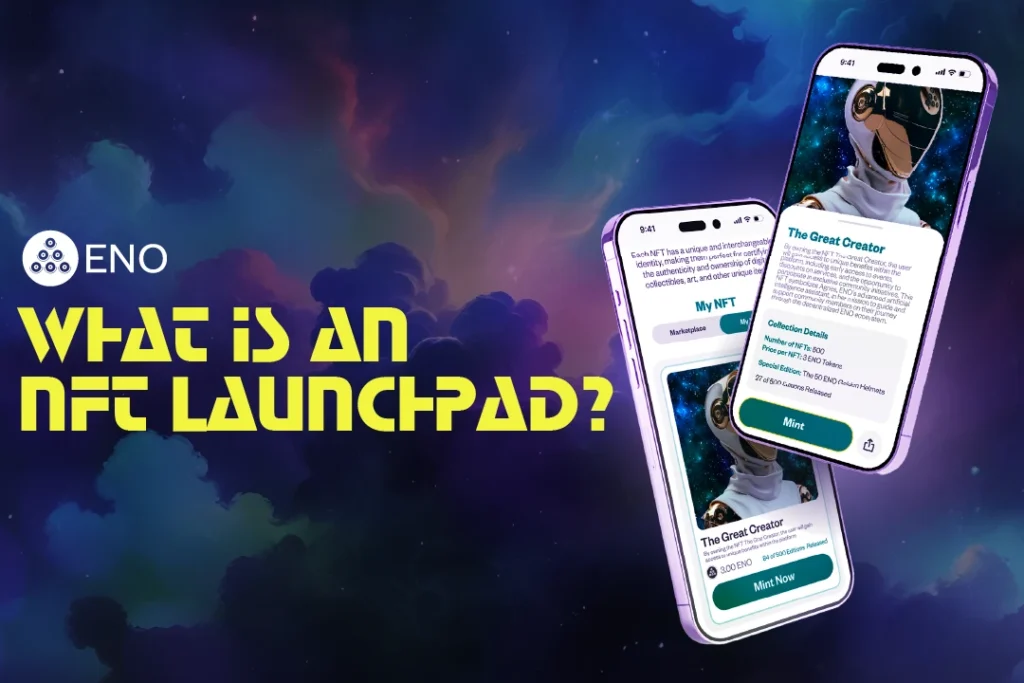- The Metaverse and Web 3.0
- Wine Supply Chain and Consumers
- Immersive Experiences
- Education and environment impact
- ENO’s Pioneering Role in Adopting Metaverse and Web 3.0

1. The Metaverse and Web 3.0
The wine industry is embracing a significant shift with the Metaverse, an immersive virtual reality that offers wineries a groundbreaking platform for wine promotion. This technology enables wineries to create virtual wine tasting experiences, allowing enthusiasts from around the globe to explore and enjoy wines without geographical barriers. This innovative approach expands market reach, reduces the need for costly physical events, and offers a sustainable alternative to traditional wine marketing methods. Web 3.0 is revolutionizing the wine sector by enabling wineries to craft personalized consumer experiences. By developing comprehensive customer profiles, wineries can tailor their wine recommendations to suit individual tastes and preferences. This level of personalization not only enhances customer satisfaction but also fosters brand loyalty, as consumers receive wine suggestions that align perfectly with their unique palate.
2. Wine Supply Chain and Consumers
Blockchain technology is increasingly being used to promote transparency in the wine supply chain. By documenting each stage of wine production and distribution on a blockchain, consumers can be confident in the authenticity and ethical production of their wine purchases. This transparency is essential in establishing consumer trust and promoting ethical, sustainable wine production practices. Web 3.0 also facilitates direct interaction between wineries and consumers through social media and other digital platforms. This direct engagement helps build a community around the wine, allowing wineries to connect with their customers more personally and effectively.
3. Immersive Experiences
The Metaverse enables wineries to create immersive experiences that showcase the wine production process. Consumers can virtually experience every stage, from grape harvesting to fermentation and bottling. This immersive experience creates an emotional connection with the wine, potentially increasing brand loyalty and customer retention. The Metaverse allows for the hosting of virtual wine events and festivals, connecting wine lovers globally. These virtual events offer new opportunities for wineries to reach broader audiences and enhance brand visibility.
4. Education and environment impact
Emerging technologies like the Metaverse and Web 3.0 are revolutionizing wine education. Wineries can use these platforms to offer online courses and training events, making wine education more accessible and engaging for enthusiasts worldwide. Finally, these technologies enable wineries to reduce their environmental impact. The Metaverse and Web 3.0 can be used to educate consumers about sustainable wine production practices and to track the environmental impact of wine production using blockchain, promoting sustainability across the supply chain.
5. ENO’s Pioneering Role in Adopting Metaverse and Web 3.0
ENO is at the forefront of integrating Metaverse and Web 3.0 technologies into the wine industry. Recognizing the potential of these emerging technologies, ENO is actively exploring ways to incorporate them into its operations. From leveraging blockchain for enhanced transparency and traceability in the wine supply chain to exploring virtual reality for immersive wine experiences, ENO is committed to adopting these innovations. This proactive approach positions ENO as a leader in the digital transformation of the wine industry, ready to offer its customers and partners a more connected, sustainable, and engaging wine experience.
In conclusion, the integration of the Metaverse and Web 3.0 technologies is reshaping the wine industry. Wineries can leverage these tools to expand their market reach, personalize consumer experiences, ensure transparency, build communities, enhance wine education, and reduce environmental impacts. As the digital world evolves, it’s crucial for the wine industry to adapt and embrace these technologies for a more innovative, sustainable, and exciting future.







